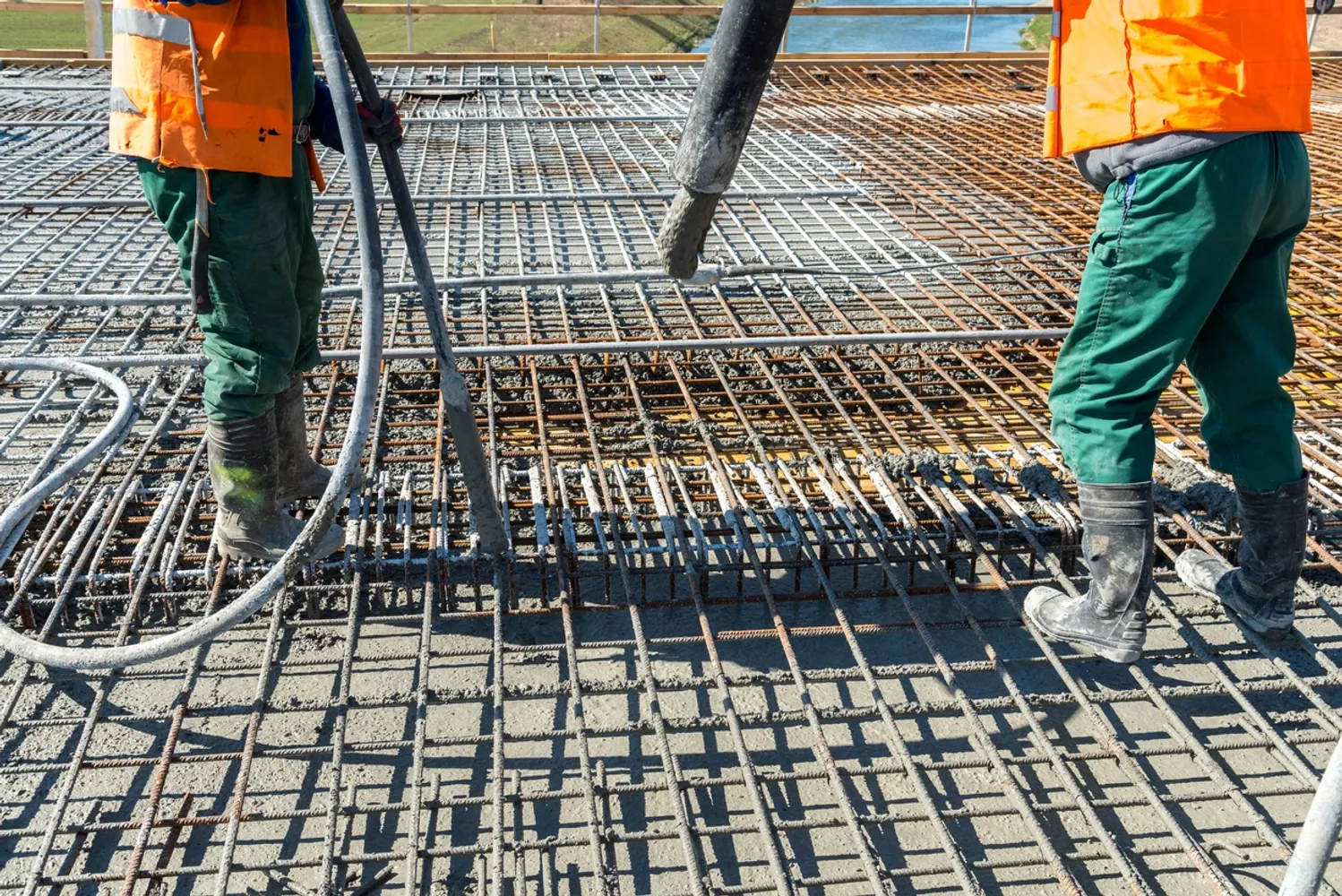Understanding Concrete Concepts

Concrete Concepts
Introduction
In the world of construction and design, concrete stands as a versatile and essential material, shaping our built environment in myriad ways. Join us on a journey through the realm of concrete concepts, uncovering its diverse applications, innovations, and the fascinating interplay between functionality and aesthetics.
Concrete: The Building Block of Civilization
Concrete, a blend of cement, aggregates, and water, has been a cornerstone of construction for centuries. Its use in creating sturdy foundations, strong structures, and architectural marvels has left an indelible mark on the landscape of human civilization.
Structural Integrity and Durability
The inherent strength and durability of concrete make it a preferred choice for building foundations, bridges, dams, and skyscrapers. Its ability to withstand the test of time, weather, and external forces ensures the stability and longevity of structures.
Architectural Expression
Concrete is not just about functionality—it’s an artist’s canvas. Architectural innovations have turned concrete into an expressive medium, capable of taking on intricate forms, textures, and shapes. From the brutalist grandeur of monumental structures to the sleek lines of modern designs, concrete showcases the union of aesthetics and engineering.
Precast and Prefabrication
The advent of precast and prefabricated concrete elements has revolutionized construction. Precast components, manufactured off-site, enhance efficiency, reduce construction time, and allow for greater precision in design and execution.
Sustainable Innovations
Concrete concepts are evolving to meet the demands of sustainability. Incorporating recycled materials, low-carbon cement, and advanced construction techniques, the industry is striving to reduce its environmental impact while maintaining the material’s structural integrity.
Exposed Concrete Finishes
Exposed concrete finishes celebrate the raw beauty of the material. Techniques like polished concrete, stamped concrete, and textured surfaces transform plain concrete into visually appealing elements that enhance interior and exterior spaces.
Architectural Acoustics
Concrete’s density and mass make it an effective material for managing sound. In spaces like auditoriums, concert halls, and recording studios, concrete’s acoustic properties contribute to creating optimal sound environments.
Urban Design and Landscaping
Concrete concepts extend beyond buildings. In urban design, concrete paves the way for pedestrian pathways, plazas, and public spaces. Its versatility in form and color allows designers to craft functional landscapes with artistic flair.
Challenges and Innovations
The concrete industry faces challenges such as carbon emissions and resource consumption. Innovations like self-healing concrete, which can repair its own cracks, and carbon capture technologies are pushing the boundaries of sustainable construction.
The Future of Concrete
As architectural and engineering boundaries continue to be pushed, the future of concrete holds exciting possibilities. From self-sustaining concrete structures to 3D-printed habitats on other planets, the material’s adaptability and strength make it an integral part of humanity’s ongoing pursuit of innovation.
Conclusion: Concrete Realities and Creative Dreams
Concrete concepts bridge the practical and the artistic, the functional and the beautiful. From providing the foundations of our cities to serving as the canvas for architectural visions, concrete’s journey from raw material to transformative medium underscores its enduring role in shaping the physical and aesthetic landscapes of our world.

